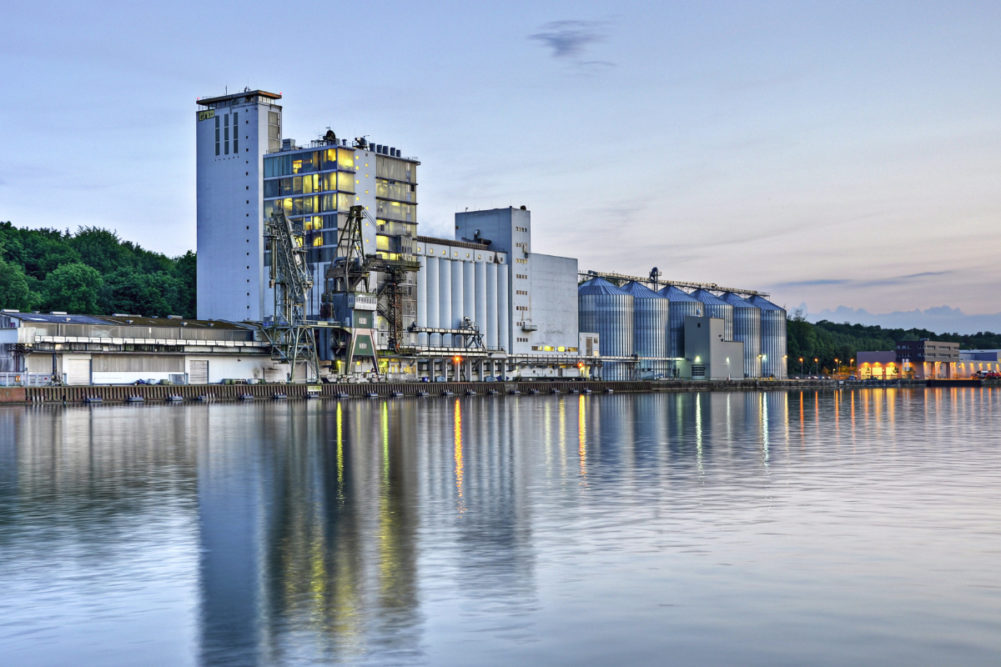WASHINGTON — Leaders of the National Grain and Feed Association lauded a US Senate committee for advancing legislation that would adjust the cost-share model for rehabilitating the nation’s inland waterways.
The Senate Environment and Public Works Committee on May 6 unanimously approved the $17 billion America’s Water Infrastructure Act of 2020. One section of the act would shift funding from a 50-50 split between the government and commercial users of inland waterways to a model where the federal government foots 65% of the costs of construction and major rehabilitation of each inland waterways navigation project.
Commercial users, such as barge and towboat operators, would cover the remaining 35% of costs via barge diesel fuel taxes deposited into the Inland Waterways Trust Fund.
The NGFA, which represents more than 1,000 grain, feed, processing, exporting and other grain-related companies, praised the legislation, saying it would “enhance US agriculture’s competitiveness, contribute to the overall efficiency of the US transportation system, and promote overall US economic growth and job creation.”
The NGFA pointed to recent cost-share adjustments as precedent for shifting more of the burden to the federal government. The Chickamauga lock in Chattanooga, Tenn., the Olmsted, Ill., locks and dam on the Ohio River and deep draft port projects were cited.
“…(C)hanging the cost-share formula for inland waterway construction and major rehabilitation of navigation projects, as proposed in the draft legislation, is both a necessary and prudent policy reform for which there is a precedent,” the NGFA said in a statement entered into the Senatorial record. “This provision would expedite such projects and bring the US inland waterways transportation system into the 21st century.”
Congress in 2014 committed to biennial examination and reauthorization of water infrastructure policies and projects as part of the Water Resources and Development Act process. In the NGFA’s view, the majority of US locks and dams have outlived their 50-year design life and for the most part are either incapable of handling modern 1,200-foot barge tows or draining shippers of time and other resources due to maintenance.
The NGFA, whose membership also includes 33 affiliated state and regional grain and feed associations, urged speedy consideration of the water infrastructure act by the Senate. The association also pushed the House Transportation and Infrastructure Committee to quickly approve a version of the legislation.
NGFA member companies operate more than 7,000 facilities and handle more than 70% of all US grains and oilseeds. Its membership includes grain elevators; feed and feed ingredient manufacturers; biofuels companies; grain and oilseed processors and millers; exporters; livestock and poultry integrators; and associated firms that provide goods and services to the nation’s grain, feed and processing industry.
The 124-year-old NGFA maintains a strategic alliance with the North American Export Grain Association and a strategic alliance with the Pet Food Institute.





